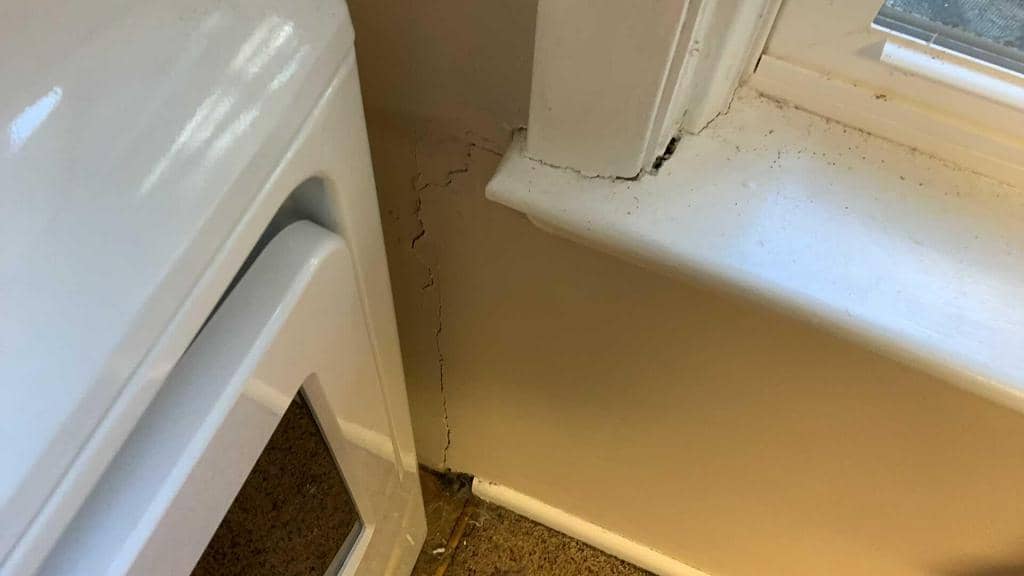Rumored Buzz on Best Basement Waterproofing
About Best Basement Waterproofing
Table of ContentsThe 6-Minute Rule for Best Basement WaterproofingThe Ultimate Guide To Best Basement Waterproofing3 Simple Techniques For Best Basement WaterproofingThe Basic Principles Of Best Basement Waterproofing The 9-Minute Rule for Best Basement Waterproofing
AdvantaClean's trained specialists and service technicians will certainly locate the water source. If wall surface or piece cracks are existing, we will certainly inject polyurethane and epoxies into the splits and seal the compromise, stopping further moisture from going into.Setting up cellar ventilation systems, conditioning systems, or cellar dehumidifier systems to obtain water out of your basement. Choosing AdvantaClean's cellar waterproofing services is a reliable means to deal with dampness and protect against mold and mildew from endangering the framework of your home and the wellness of your family members.
If there's condensation outside of the aluminum foil, you have high humidity in your basement. Fix it with a mobile area dehumidifier or a whole-house humidifier system as opposed to waterproofing products. If the foil has condensation on the within surface area (beside the wall surface), the soil around your home might be naturally damp from a high water table or poor dirt drainage.
You can waterproof simply your indoor walls, which may resolve the problem. Or you can waterproof your outside walls, which is a much better wager however more expensive. Here's the inside story on the various types: These thick finishings are cement-like. Once they dry, they stick permanently to concrete and stonework wall surfaces.
6 Easy Facts About Best Basement Waterproofing Explained
Concrete water-proof coatings can't be used to formerly repainted surface areas; inspect the label. Understood as densifiers, they are appropriate just for wall surfaces that haven't been painted or sealed.
You comb, roll, or spray it on a lot even more thickly one gallon covers simply 75 square feet, not the 300 square feet normal with typical paint. Water-proof paint is great for do it yourself application. You can use it over repainted surface areas, and paint over it once it's cured (one gallon expenses $37).
It can cost $10,000 to $15,000, depending upon the work needed. Exterior waterproofing involves excavating all over the home fully depth of the foundation wall surfaces, then mounting a water-proof layer or membrane layer covered by water drainage panels. The panels offer a very easy path for water to flow to an outside French drain at the end of your foundation.
Little Known Questions About Best Basement Waterproofing.
We've all been captured in a tornado with no umbrella or raincoat. And it's always a dish for disaster: whatever's damp, your coiffure is spoiled, and points are getting moldy. A cellar without waterproofing is sort of Discover More like that. Minus the ruined hairstyle component. Your cellar does not want to experience a downpour without appropriate defense just as long as you don't want to.

Exterior waterproofing is a waterproofing method that includes securing your home from the exterior. It's kind of like a moat around a castle. It includes excavating a trench around your whole residence to the foundation (concerning 8 to 10 feet down). The structure wall surfaces are then cleansed, secured, and covered with a waterproof membrane or sealant.

What Does Best Basement Waterproofing Mean?
It's a more involved procedure that requires digging up your backyard, which is expensive and lengthy. Outside waterproofing involves getting rid of whatever surrounding your house, consisting of patios, driveways, walkways, landscape design, a/c systems, decks, and so on. If any one of the job was done inaccurately and water is still entering your cellar, there isn't much you can do to fix or repair it.
Interior cellar waterproofing involves waterproofing from the within. Any type of water that leaks into your basement is rerouted before it touches your floor. It's sort of like putting on a raincoat under your clothes. It entails two things: a water drain track and a sump pump. It functions by securing the inside of your cellar walls and floorings so useful site water that attempts to enter is transported out with a sump pump.
It's an efficient approach to waterproof your basement. The drawback of interior cellar waterproofing primarily concerns the installation procedure. This method needs saved things, furniture, and built-in shelving or cupboards to be relocated from touching the cellar wall surfaces. And throughout installation, your basement can not be used. The most significant difference in between both methods is this: Exterior waterproofing is a preventative service and interior waterproofing is a restorative option.
The Ultimate Guide To Best Basement Waterproofing
To conclude, outside and indoor basement waterproofing are both efficient techniques of securing your home from water damages. Outside waterproofing develops an obstacle that prevents water from entering your home, while interior waterproofing redirects water that does enter your home. And it is essential to note that exterior waterproofing is a costly and turbulent setup process when contrasted to indoor waterproofing.
Whichever approach you choose, make certain you select a dependable and reliable service provider for the work. If you have any type of questions concerning cellar waterproofing, please reach out to us.
You can submit our form right here. Best Basement Waterproofing, start a chat in the bottom right-hand corner, or call us at 1-800-827-0702